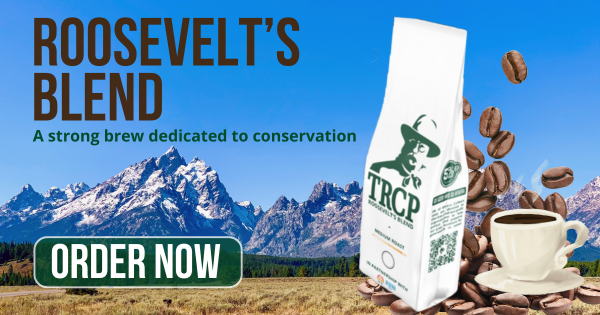There’s no downside to sending reef fish safely back to their depths
Few things frustrate conservation-conscious anglers more than releasing a fish only to watch it flounder along the surface, unable to return to the depths from which it was caught. But no matter the steps you take to care for a fish that should live to fight another day, sometimes the trauma of the fight is too much to overcome.
Reef fish, like snapper and grouper, caught from depths of 50 feet or more are especially vulnerable because of barotrauma, a phenomenon which causes the swim bladder and eye sockets to expand after a rapid rise to the surface. When this happens, the fish’s stomach can protrude from its mouth and acts as a balloon, making the fish float.
Unless that pressure is relieved, the fish cannot return to the reef. Anglers can prevent this by using a venting tool to puncture the air bladder or a descending device—a weighted hook, lip clamp, or box that will hold the fish while it is lowered to a sufficient depth to recover from the effects of barotrauma. This device can be anything as simple as a weighted milk crate on a rope to something more sophisticated, like the SeaQualizer, which has pressure-release clips that allow fish to swim away upon reaching the desired depth.
Angling advocacy and conservation groups have been working with regional fishery managers, the National Marine Fisheries Service, Congress, and many others to promote and require the use of venting tools and descending devices in the Gulf of Mexico. And there is legislation pending in the Senate right now that could make this #ResponsibleRecreation practice more widespread.
The Rise of the DESCEND Act
The Direct Enhancement of Snapper Conservation and the Economy through Novel Devices Act is a mouthful, for sure, but all you need to remember is DESCEND—the Act passed the House on October 1, 2020, and anglers need to call on the Senate to take up this priority before the end of the 116th Congress.
Introduced by Representatives Garret Graves (R-La.) and Jared Huffman (D-Calif.) in the House and Senators Bill Cassidy (R-La.), Doug Jones (D-Ala.), and John Cornyn (R-Texas) in the Senate, the bill requires possession of a descending device or venting tool that is rigged and ready to be used on any recreational or commercial fishing boat targeting reef fish in the Gulf of Mexico.
The bill also requires the Department of Commerce to work with the National Academy of Sciences to study the effectiveness of these devices, determine the shortcomings of our current data collection on release mortality, and propose how to achieve improved rates of catch-and-release survival to increase fishing opportunities.
This is important because there is such a wide range of estimates from fisheries researchers on how many Gulf red snapper and other reef fish die after being released. In 2016, NOAA estimated that nearly 3.7 million recreational and commercially caught snapper perished after being released—an astounding number already, and one that has grown exponentially as the snapper population has swelled to unprecedented size in the last decade.
Better Odds for Out-of-Season Snapper
There are a lot of snapper in the Gulf. It’s difficult to fish reefs in 50-plus feet of water and not catch red snapper. However, seasons remain relatively short—in some states less than 50 days—so keeping these fish is not a year-round option.
A 2014-2015 study conducted by the Harte Research Institute for Gulf of Mexico Studies at Texas A&M University-Corpus Christi determined red snapper that had been vented and rapidly recompressed in a way that’s similar to using a SeaQualizer or other descending device had a 100-percent survival rate in water depths of 100 feet or less. Those just recompressed survived 92 percent of the time. Survival rates dropped for fish caught in deeper water, but still exceeded those of fish released with no effort to recompress or vent.
The DESCEND Act becoming law would ensure that recompression devices and venting tools are on vessels. And with some effort to educate anglers on how to properly use these devices, it could dramatically increase the number of snapper, grouper, and other reef fish that are successfully caught and released.
The bill’s passage can also work in concert with a recently approved effort by the Gulf oil spill trustee group. It would allow NOAA to use $30 million in Deepwater Horizon disaster penalties over the next eight years to increase the use of barotrauma reduction devices among Gulf anglers and monitor the impacts to reef fish.
There is no downside to the DESCEND Act becoming law. The research supports barotrauma reduction device use as good for conservation. Many anglers are already effectively using the devices and the bill’s passage will make sure more anglers have and learn to use them.
The Senate has every reason to pass this bill and send it to the president’s desk this year. Make sure your lawmakers hear from you in support of the DESCEND Act.
Top photo courtesy of Adrian Gray at IGFA.





